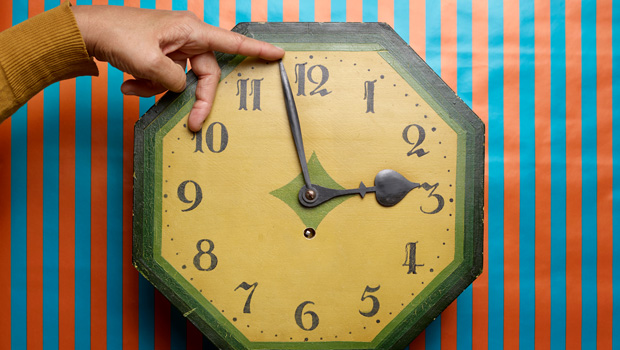Daylight Savings 2020: When It Starts, Which Way To Change The Clocks & More To Know

March 8 officially marks the day we ‘spring forward’ in 2020. Daylight Saving Time will officially begin, which means we’ll need to move our clocks ahead ONE hour!
Every spring, Daylight Saving Time begins, and in 2020, the change comes during the early hours of March 8. At 2:00 a.m., the clocks will be moved an hour ahead, so that we can enjoy longer hours of daylight in the coming months. This means that sunset will occur and hour LATER in the day! Unfortunately, at first, the mornings will be darker, but as summer gets closer, the days will get longer and longer, leading up to the longest day of the year on June 20.
Since the time changes automatically on smartphones and many other electronic devices, it’s sometimes hard to remember to move the clocks. Don’t forget to check your car, microwave, alarm clock or other gadgets where the hours need to be manually changed on March 8. Daylight Saving Time ends on Nov. 1, 2020, when we will set the clocks back an hour, and the days will get shorter as winter approaches. However, for now, we have plenty of long days of sunshine ahead!
In recent years, there has been a push to make Daylight Saving Time permanent, meaning that the clocks would never be moved back an hour to result in short days. Changing the clocks has been called an “antiquated practice,” and many states have issued legislations to end the practice. Some are calling for permanent Standard Time, while others are calling for permanent Daylight Saving Time (longer days).
Putting an end to a practice that has been in place for so long will not be done lightly. So, for now, we have to stick with the ‘spring forward’ technique this spring. Unfortunately, this means we’ll lose an hour of sleep, but it also means that the sun will be out for an extra hour — balance!